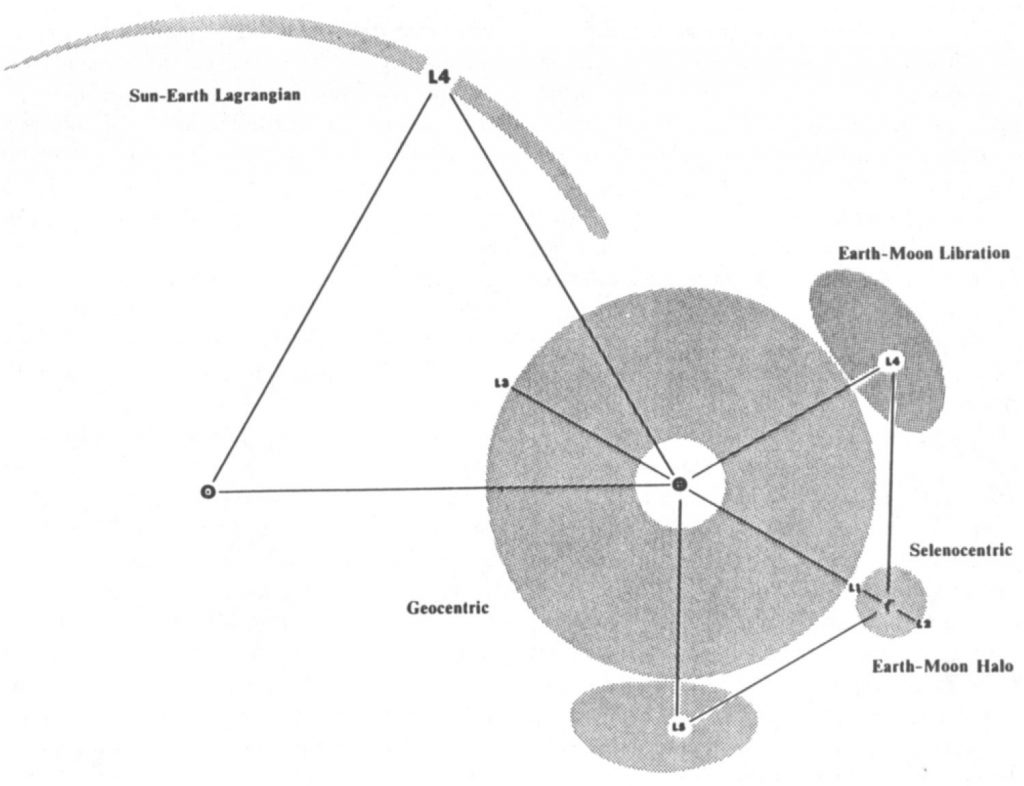I couldn’t decide which paper to discuss this week, so I’m talking about both. One made me think, the other made me angry. I suspect that this was the intent of the assignment.
Solar system artifact SETI might be one of the most giggle-inducing subsets of SETI. This seemingly wasn’t always true (throwback to the Martian “canals”), but it suffers from a series of issues. One is that there is a popular misconception that the solar system is a relatively well-explored piece of “territory” and we haven’t found anything yet. So solar system artifact SETI, in that light, seems antiquated. It always surprises me to learn how little we know as I progress through my education, and I think that feeling is relevant here. In addition, solar system artifact SETI makes SETI seem so close to home that the only conceptual guideposts people have are (generally cheesy and terrible) science fiction. Where a remote detection or a long timescale exchange of radio signals would be distant, sterile, and narratively boring, the discovery of an alien probe in the solar system or a city and giant face on Mars feels like fiction, so it’s treated as such, instead of legitimate science.
Now, to the articles!
The Freitas paper very logically stepped through the process of finding an answer to the question “which surveys on which parts of parameter space would have to be performed to disprove the existence of probes in the solar system?”. I take issue to a couple of framing assumptions that Freitas makes. Firstly, I don’t think it’s reasonable to assume that any probes we would find would be made for a neutral-to-discovery purpose (because we would’ve found one already if it wanted to contact us and we’d never see it if it was trying to hide, the logic goes). I can imagine many exceptions to this idea: a probe that was meant for communication but was damaged, a probe that is trying its best to contact us but by a method that we don’t have access to yet (perhaps on purpose, so we only see it at a reasonable point in our technological development), or a probe that was only partly for communication (mostly for another purpose, with only minor energy put into a beacon). The other thing that bothered me is that all of the constraints for the observational probe were constructed under the assumption that the probe wanted to observe Earth. That looking at a habitable planet, and that having the resolution to watch civilization arise on it, were valuable to our hypothetical watchers. I think that’s a bit anthropocentric – it could very well be that our asteroid belt is absolutely fascinating and ugh look at the primitives mucking up that third planet, they’re everywhere in this sector.
All of that said: you can’t do this work without making some assumptions to reduce the scale of the problem, and these were relatively minor ones. I loved the structure of the paper: consider the construction and purpose of the probe, then consider where it could be placed, note previously completed searches and their incompleteness (chock-full of references), then look at detection probabilities with current instruments and reasonable times. This is a methodical and scientific way to go about the stated problem in the paper.
The Carlotto paper, on the other hand, was rage-inducing. It would take a very, very convincing landscape artifact for me to feel comfortable announcing a “non-natural” origin. If Europa was covered in a giant swastika a la Armada (Ernest Cline’s less successful follow-up novel to Ready Player One), that would probably be sufficient. The 3D face is reconstructed from only two relatively low-resolution images, which makes me uncomfortable. The feature has since been imaged from other angles (by, among others, the Mars Global Surveyor) and, spoiler alert, doesn’t actually look like a face.
This is an example of textbook pareidolia: humans have a tendency to see patterns in random data, especially and specifically faces. Being good at recognizing and reading faces is vital for a social creature like a human being, so better to have some false positives than to accidentally mistake one’s significant other for a coat rack. But a base and known brain-stem bias like this should NOT cause us to write horribly misleading papers about the possible existence of an extinct Martian civilization. I don’t know how couth it is to consider the political ramifications of other people’s research, but it’s frustrating to see a vibrant and important sub-field continually shooting itself in the foot with scientifically sketchy bold claims and over-speculation from a few members of the community.
/endrant










